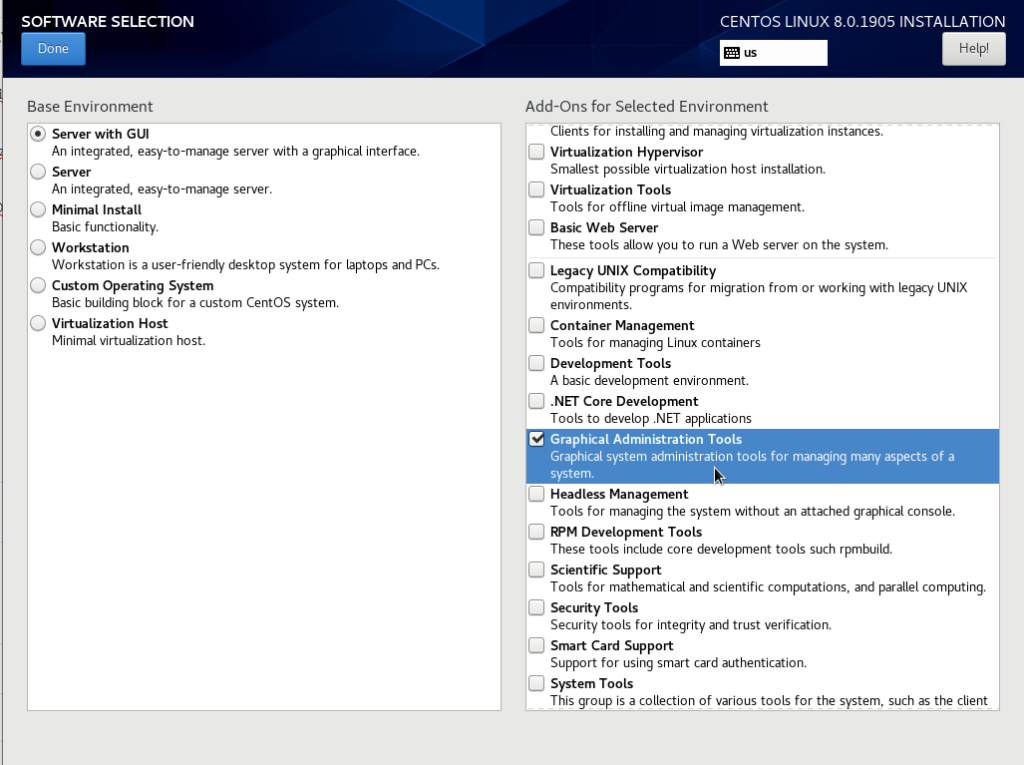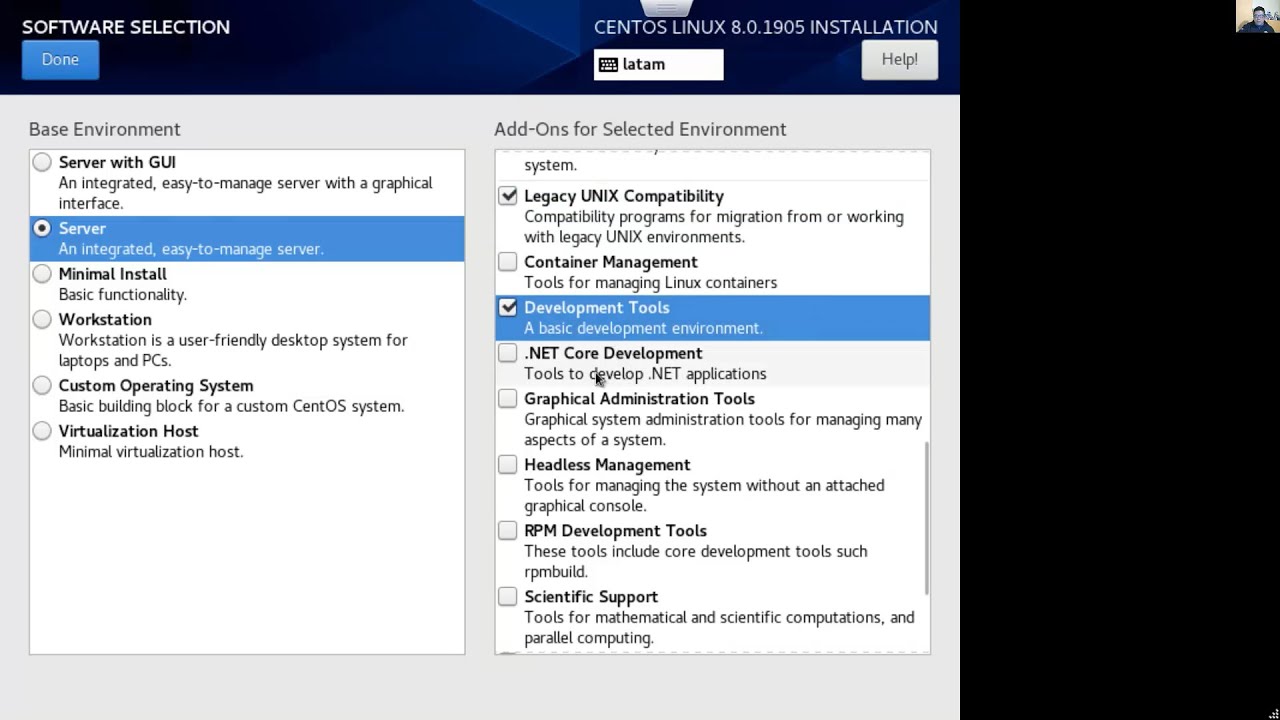
- #CENTOS SERVER FOR MAC FRESH INSTALL HOW TO#
- #CENTOS SERVER FOR MAC FRESH INSTALL INSTALL#
- #CENTOS SERVER FOR MAC FRESH INSTALL FULL#
- #CENTOS SERVER FOR MAC FRESH INSTALL ISO#
#CENTOS SERVER FOR MAC FRESH INSTALL HOW TO#
Check out the recommendations below on how to get connected again. You can now create many virtual machines (VM) depending on hardware specs of the host node server.If you’re seeing this error while trying to get to your WordPress site, don’t worry, this is fairly easy to fix.
#CENTOS SERVER FOR MAC FRESH INSTALL INSTALL#
rebootįinally, you can install all available Linux Distro templates by issuing this command: yum install *ez.noarch Next, it’s a good habbit to reboot the server so that everything works as expected. You may need to add it if the line isn’t there already. Edit the vz.conf file: nano /etc/vz/vz.conf Next, edit the OpenVZ configuration file to set the same subnet for physical and virtual machines. We can also install the OpenVZ usage statistics tools if needed: yum -y install vzctl vzquota ploop nano /etc/sysconfig/selinuxĬhange the SELINUX=permissive line. If you want, you can leave it disabled also. Next, make SELinux act permissive to ensure that OpenVZ works fine. Press Control+O then Control+X on keyboard. Save the configuration and exit Nano editor. #We do not want all our interfaces to send redirects # packet forwarding enabled and proxy arp disabled Third, add the following lines of code: # On Hardware Node we generally need Second, edit the OpenVZ 7 kernel parameter configuration. Issue all these lines of command: modprobe ploop You can now reboot your server: reboot Initial OpenVZ7 Settingsįollow these basic setup after installing OpenVZ 7 on your CentOS 7 server.įirst, enable ploop kernel modules. Grub2-mkconfig -o /boot/efi/EFI/virtuozzo/grub.cfg You also need to generate the grub.cfg file: mkdir /boot/efi/EFI/virtuozzo/ Wait till the process done.įinally, issue this command to list all available boot options in grub: awk -F\' '$1="menuentry " ' /etc/grub2.cfgĪlternatively, use this special step if you are on OVH Dedicated servers. This single line of command will do: yum install prlctl prl-disp-service vzkernel *ploop* Then, remove any existing json-c and jansson packages so we can reinstall them using the ones from Virtuozzo repo: rpm -e -nodeps -justdb json-c Use this command: mv /etc//CentOS-* /root/ This is useful to avoid package conflicts in the future. Next, we have to move CentOS repositories to another location. Issue these lines of command: yum install python3 Next, we need to install python sub-processes, the latest OpenVZ 7 release, and Epel repository using this command: yum localinstall yum install -y wget & yum install -y nano Third, install wget and nano editor to make everything easier.

You can log in as a user with sudo privilege or simply log in as root.
#CENTOS SERVER FOR MAC FRESH INSTALL FULL#
Instead, we are not installing a full virtual machine but just a container to hold some of it. It’s not a fully dedicated separate OS container. Unlike KVM which is a kernel-level virtualization, OVZ with its container technology allows better server utilization. You can reboot a container independently.Įach container can have root access, users, IP addresses, memory, processes, files, applications, system libraries and configuration files.


OVZ allows a physical server to run multiple isolated OS instances, called containers, virtual private servers, or virtual environments.Įach container performs and executes exactly like a stand-alone server. OpenVZ is a Linux-based operating-system-level virtualization technology. This involves installing OVZ latest kernel.Ĭommonly, OpenVZ is used by many providers for its flexibility in cramming many containers in a single host node. However, sometimes you may simply need to convert existing CentOS 7 OS to OpenVZ.
#CENTOS SERVER FOR MAC FRESH INSTALL ISO#
It is basically easier and cleaner to install OpenVZ 7 from scratch using its ISO image file. This tutorial shows you how to install OpenVZ 7 a.k.a Virtuozzo 7 on CentOS 7 x86_64 node server.


 0 kommentar(er)
0 kommentar(er)
